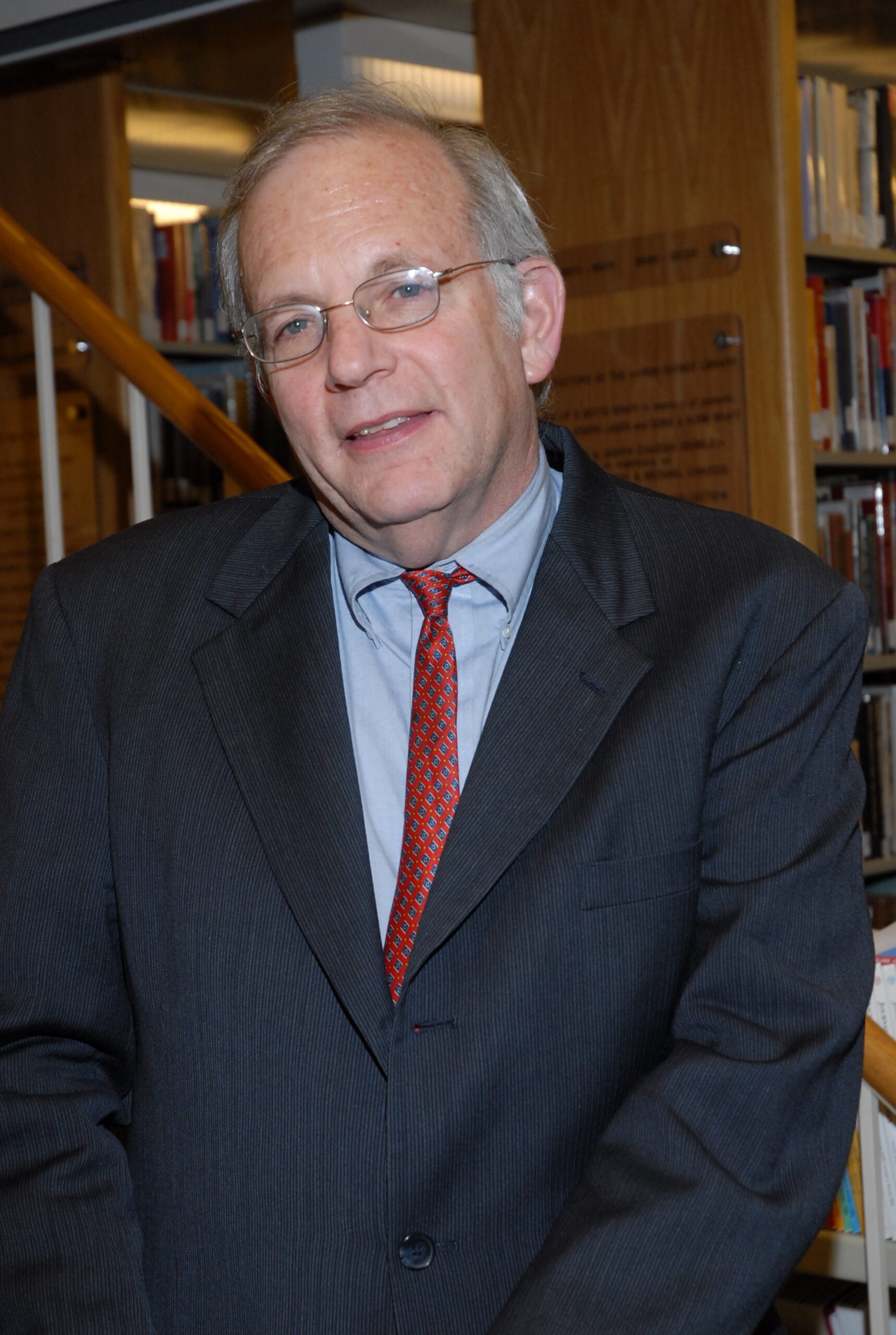This short article reflects on the challenges and opportunities presented by digital technology in Reconstructionist education. The article is attached as a PDF and reproduced below as well. (The PDF contains a printable chart that is not included in the text on this page.)
This resource is part of a package of educational resources on Jewish peoplehood kindly provided by the Kaplan Center for Jewish Peoplehood.
The Life of Reconstructionist Educators in the Digital Age
These past several years I have been working on a research paper on Jewish Education and Technology that will appear as an article in the Journal of Jewish Education in 2017. Simultaneously, I have been directing the Text Me: Ancient Jewish Wisdom Meets Contemporary Technology project of the Covenant Foundation. Here is a short selection that might be helpful in thinking about your students’ and your own relationship to the digital age:
I was preparing for Purim with my 8th graders. We had agreed that we would end our study with some good “edutainment” that might add tothe education of some of their peers and at the same time be very entertaining. A host of Youtube videos are viewed: some more entertaining, some more educational.
One of my 8th graders asks for permission to share one more video clip. I grant the permission and hang on for dear life because even though my minimalist social media profile greatly increases the likelihood that everything posted is safe, you never know what is out there.
So my student has uncovered from her Google search a Youtube video of my wife, my rabbi, and several close friends performing at a “goodbye to the Scheins” celebration in Cleveland with our Reconstructionist congregation Kol Ha-Lev to the tune of the 1950’s song “Come On Baby, Do The Locomotion” —the five of us are doing “Come On Baby, Do the Reconstructionist.” I am thoroughly taken aback that the video has gone public (though certainly not viral), and in the end delighted to have shared this though it was not my choice. In fact, when a colleague is talking about a Jewish issue in class and mentions the variety of Jewish orientations at the school, at the mention of Reconstructionism I see the lips moving and their bodies slightly swaying.
But in dialogue, it becomes clear that my students think of the world of the Internet as open source, or hefker, belonging to no one and everyone at the same time. Quite simply, if it is posted, it is available for anyone’s use. As Mark Zuckerberg would have it, being social inclines us towards absolute transparency.
Elliot Dorff has suggested in a number of different contexts that we think of Jewish and American law/civilization as having overlapping, but differently weighted concerns. The weight of Jewish law is towards responsibilities, though it certainly has a language of rights as well. The weight of American law is towards rights, though every right arguably has correlative responsibilities.
The expression “on steroids” can be applied to the changes the digital revolution has made in the direction of freedom of expression, and unfettered exchange of insights and ideas. Dr. Brian Amkraut, in a short position paper presented as part of the Text Me project has argued that while mirroring the dynamics of other technological innovations, the digital revolution is unprecedented in terms of three key factors: mutability, accessibility, and authority.
In the mirror of Judaism’s response to new electronic technology, many individuals may find deeper understanding of Judaism’s adaptability and responsiveness to new challenges. Perhaps something of Judaism’s core can here be recovered, moving, a la Rosenzweig (On Jewish Learning, 1921), from the periphery of our everyday living with technology to the center of our Jewish self.
The rich tapestry of Jewish civilization is always over-determined. Judaism has more to say and more perspectives to offer than any one generation can absorb. It ultimately is tzorekh z’man, the needs of our time, that can most reliably serve as a compass for what aspects of Jewish tradition will have existential, living value for any Jewish group.
Here we wish to connect two phenomena: the flourishing of musar and other techniques of reflective centering, and the overwhelming pace of technological change. The pace of such change is often numbing. Further, values must always be internalized to be useful. Such internalization is spiritual work. They serve the purpose of bestowing perspective to an individual’s relationship with others, self, and technology in a time of great flux. The following Midrash about the purpose of a s’yag/a fence in Jewish law is illuminating. Often, a fence is thought of as a mechanical, restrictive tool of those who wish to be makhmirim, more hardline in their interpretation of Jewish law. The following Midrash suggests that its prime function is otherwise: rather, that of bestowing perspective:
Enter not into the path of the wicked…Avoid it, pass not by it; turn from it and pass on (Proverbs 4:14-15). Rabbi Ashi said: The verse may be illustrated by the parable of a man who guards an orchard. If he guards it from without, the entire orchard is protected; but if he guards it from within, only the part in front of him is protected, while the part behind him is not protected
One notes here the significant attention given to the efforts of Reboot in cooperation with Tiffany Shlain to celebrate National Technology Shabbat, a time for everyone to reaffirm or experiment with being unplugged during the Jewish Sabbath. If we correctly read our Jewish future tea leaves, then the authors suggest we ought to develop the spiritual technologies for a Yom Kippur Technology experience. Below [in the attached PDF] one can find the simplest of charts designed to help people do a heshbon ha-nefesh/spiritual inventory of their digital habits that has been used in the adult study segments of the Text Me project.








